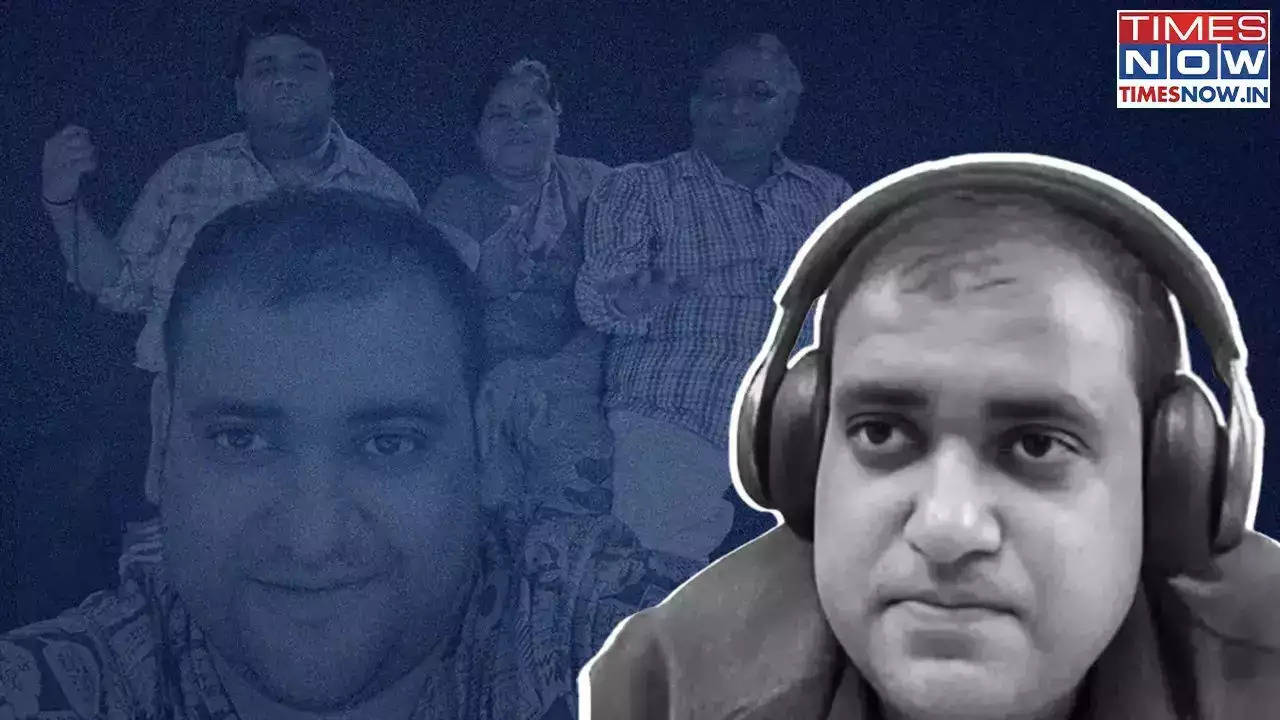 |
|
The tragic death of 34-year-old Bengaluru techie Atul Subhash has taken a perplexing turn with the disappearance of a crucial 24-page suicide note from his Google Drive. Subhash, who took his own life earlier this week, left behind an 80-minute video and the aforementioned note detailing alleged harassment by his wife, Nikita Singhania, and her family. However, the Google Drive link he shared, initially containing this damning evidence alongside a letter criticizing the justice system ('To Milords'), now inexplicably shows only a poem, a letter to the President, a declaration of innocence, and personal photos. This sudden vanishing act has sparked outrage and suspicion on social media, with many alleging a potential cover-up and urging the Bengaluru police to investigate the matter thoroughly. The incident underscores the vulnerability of digital evidence and the potential for tampering in high-profile cases.
The timing of the note's disappearance is particularly concerning, given the arrests made in the case. Nikita Singhania, her mother Nisha Singhania, and brother Anurag Singhania have been apprehended and charged with abetment to suicide. Their arrests followed a complaint filed by Atul Subhash's brother and an investigation launched by the Bengaluru City Police. The police issued a summons to Nikita Singhania, prompting her to seek anticipatory bail in the Allahabad High Court, a move that further fuels speculation about potential efforts to obstruct justice. The fact that Nikita Singhania had checked into a paying guest accommodation in Gurugram the day before her husband's death and left her belongings there, though not staying, adds another layer of intrigue to the unfolding narrative. The police’s explanation of her actions remain largely unclear, and the inconsistencies surrounding her whereabouts increase the suspicion surrounding the entire case.
The digital realm presents unique challenges in preserving evidence, particularly when dealing with sensitive material like suicide notes. The ease with which files can be deleted or altered raises concerns about the integrity of the investigation. While the Bengaluru police have yet to officially comment on the missing documents, the public outcry and online accusations are putting immense pressure on the authorities to act swiftly and transparently. The investigation will need to explore all avenues to determine if the deletion was accidental, a result of technical error, or a deliberate attempt to suppress evidence. The lack of a readily available explanation from the police, combined with the intense public interest and the gravity of the accusations, necessitates a thorough and impartial investigation to ensure justice for Atul Subhash and to restore public confidence in the investigative process. The scrutiny surrounding this case highlights the need for robust digital forensics procedures in such investigations and raises questions about the adequacy of current safeguards in protecting digital evidence.
The case also shines a light on the larger issue of domestic abuse and its devastating consequences. Atul Subhash’s accusations against his wife and her family underscore the urgent need for stronger legal protections for victims of domestic violence. The ease with which Nikita Singhania and her family were able to allegedly harass and ultimately push Atul to take his own life, coupled with the suspicious disappearance of the suicide note, highlights systemic failures in providing adequate support and justice to victims. This case serves as a stark reminder of the need for comprehensive reforms to address domestic violence and ensure that those responsible are held accountable for their actions. The investigation must not only focus on the missing note but also on the broader context of domestic abuse and the systemic issues that allowed this tragedy to occur. A thorough investigation could lead to improvements in both digital evidence preservation and the legal framework surrounding domestic violence cases.
The narrative surrounding Atul Subhash's death is far from over. The disappearance of the suicide note adds a complex layer of uncertainty and fuels public speculation. The authorities must act decisively to address the concerns raised and to restore trust in the investigation. A thorough investigation is paramount, not only to uncover the truth behind the missing note but also to bring justice to Atul Subhash and prevent similar tragedies in the future. The case also serves as a cautionary tale about the vulnerabilities of digital evidence and the importance of robust digital forensics procedures in high-profile investigations. The public deserves clear answers and a conclusive resolution, ensuring that the digital evidence is handled with the utmost care and professionalism.
